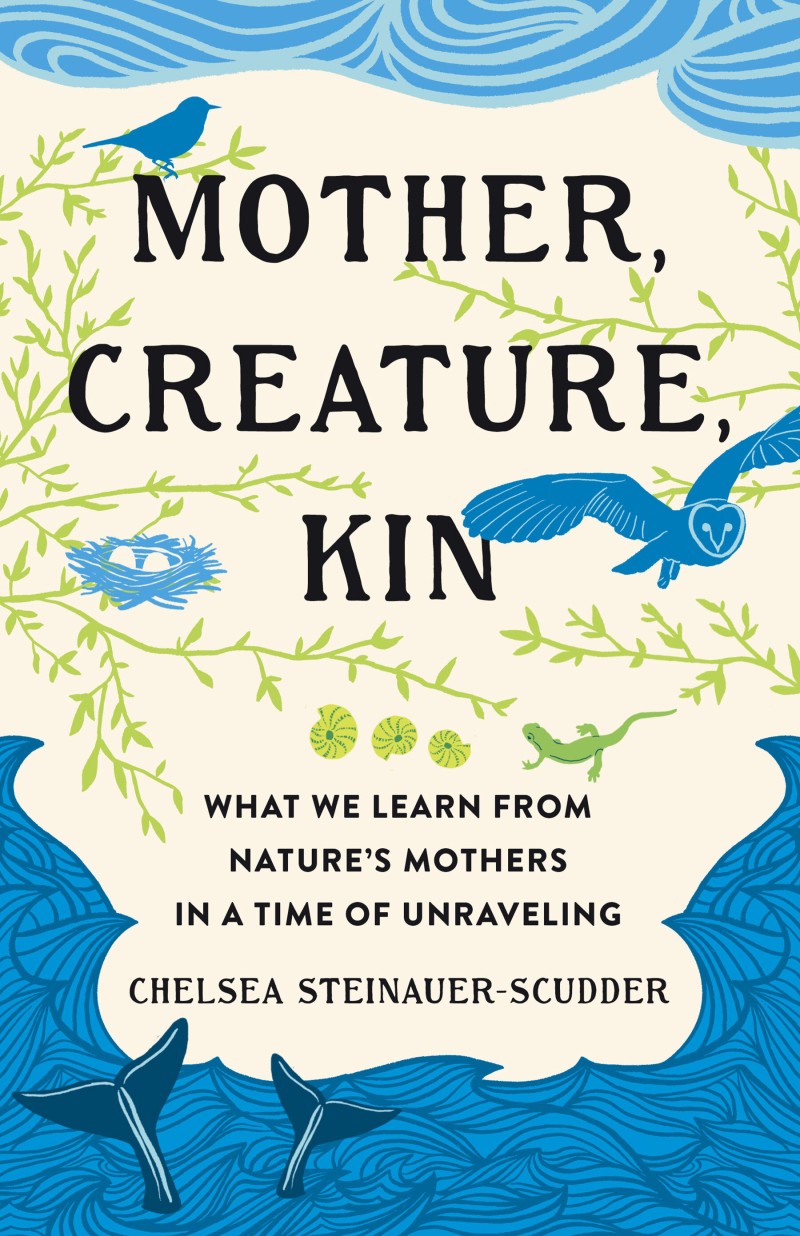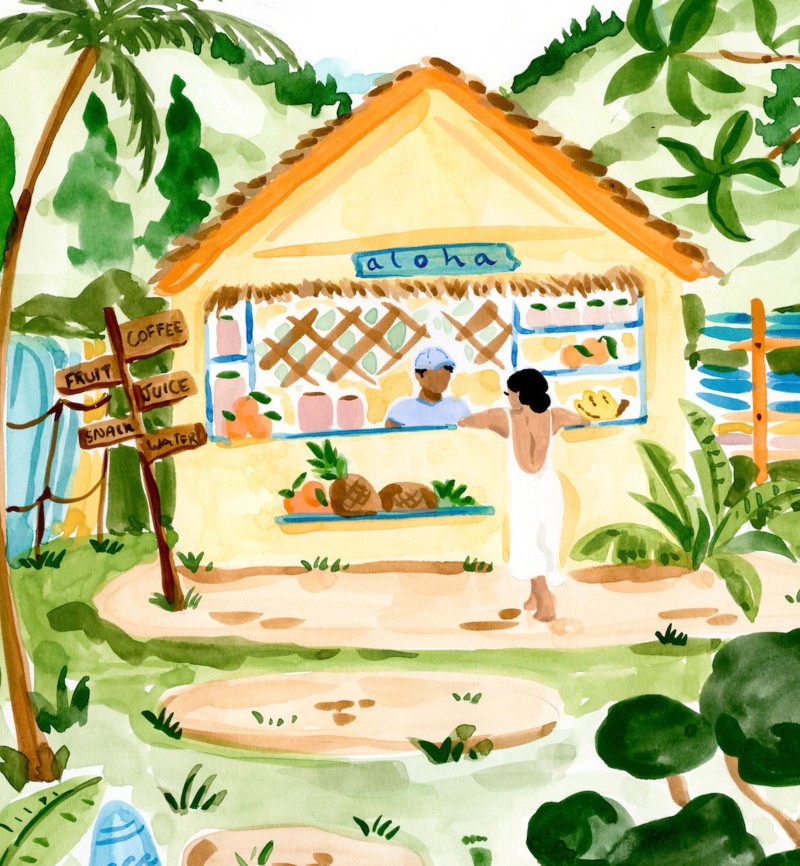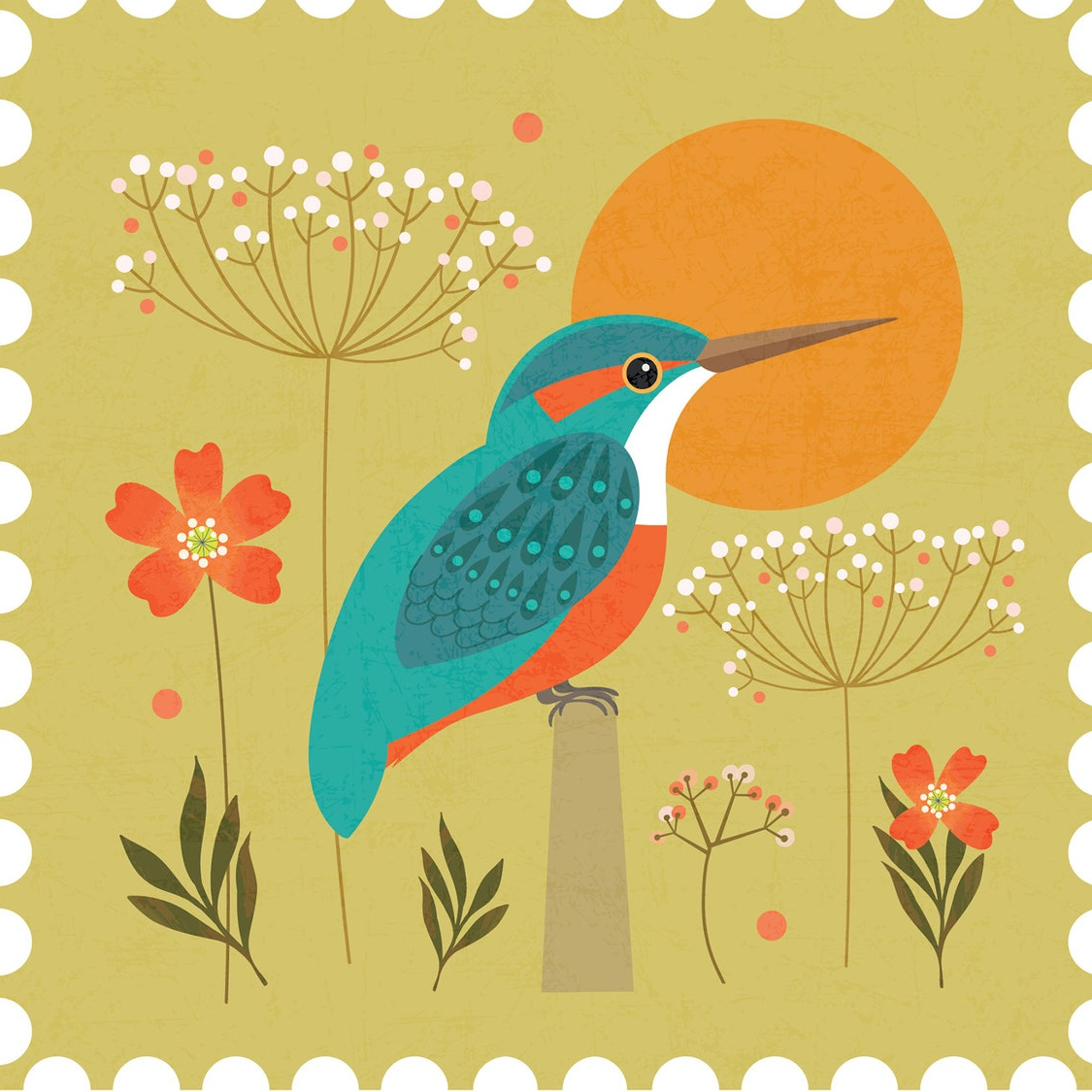Ireland: A Wild Coast and Ancient Woodlands

Ireland is a beautiful place with lots of wild animals, many of which you won’t find here (and likewise, Ireland has no snakes – the common lizard is Ireland’s only reptile). You might not see Ireland’s wildlife all the time, but the creatures are there.
The forests hold even more secrets. There, red deer roam. They are big and strong, but very gentle (as long as you are not competing in rutting season!)
The Cliffs of Moher
Rising straight from the Atlantic, the Cliffs of Moher stretch for eight wild kilometres along County Clare’s western edge. Some points stand over 200 metres high (that’s more than 650 feet).
They’re battered by the wind and the sea, home to thousands of nesting seabirds, from puffins and kittiwakes to razorbills and guillemots.
On a clear day, you can see the Aran Islands and Galway Bay. The cliffs are one of Ireland’s most visited spots, yet standing close to the edge, where the rock drops away and waves crash far below, it still feels wild and untamed.
Killarney National Park
Ireland’s first national park covers more than 25,000 acres of woodlands, lakes, rivers and mountains. It’s the only place in the country where native red deer have survived since the last Ice Age. Oak and yew woods tumble down to the deep waters of Lough Leane and Muckross Lake.
The landscape is alive with ferns, mosses, and wildflowers. Water runs everywhere, from tumbling waterfalls to hidden streams. Killarney is a natural playground, whether you’re rowing on the lake, cycling a forest track, or walking quiet paths under ancient trees.
The Burren
Stretching across northern Clare and southern Galway, the Burren is one of Ireland’s strangest and most beautiful places. At first it looks bare: great slabs of pale, cracked limestone with hardly a tree in sight. But look closer and the landscape bursts into life.
Between the rocks, wildflowers bloom from May to September, including many rare orchids and gentians. Arctic and Mediterranean plants grow side by side, something you’ll find in few other places on earth.
The Burren feels old, shaped by glaciation and thousands of years of history, with stone forts and tombs showing its deep human past. Walk quietly here and you’ll hear skylarks, see butterflies, and sense the timeless peace of the place.
Connemara
Connemara, in the west of County Galway, is rugged, open and full of contrast. Mountains rise quickly from bog and lake. Rivers wind through heather and grass, sometimes bursting with salmon after rain.
The coast is wild, dotted with rocky islands and white beaches washed by the tide. Connemara is famous for its changing light, from grey drizzle to sharp blue sky in minutes. The Twelve Bens mountains are the region’s heart, while peat bogs and small villages add colour and life.
Connemara ponies, native to this land, graze freely. Birdlife is rich here, with golden plovers, merlins, and even the odd peregrine falcon above the hills.
The Wicklow Mountains
Just south of Dublin, the Wicklow Mountains give city-dwellers easy access to wild nature. Rolling moors, sudden valleys, and thick forests create a landscape that thrives in the rain and morning mist.
The area is shaped by Ice Age glaciers, leaving behind deep lakes such as Lough Tay (known as the Guinness Lake because of its dark water and white sand!) Purple heather and yellow gorse cover the hills.
Red grouse, sika deer and foxes move through the quiet. Glendalough, with its old monastic ruins, adds history to the wildness. The Wicklows invite walkers, cyclists and anyone who feels the need for fresh air and quiet.
A Book of Beautiful Irish Language Words
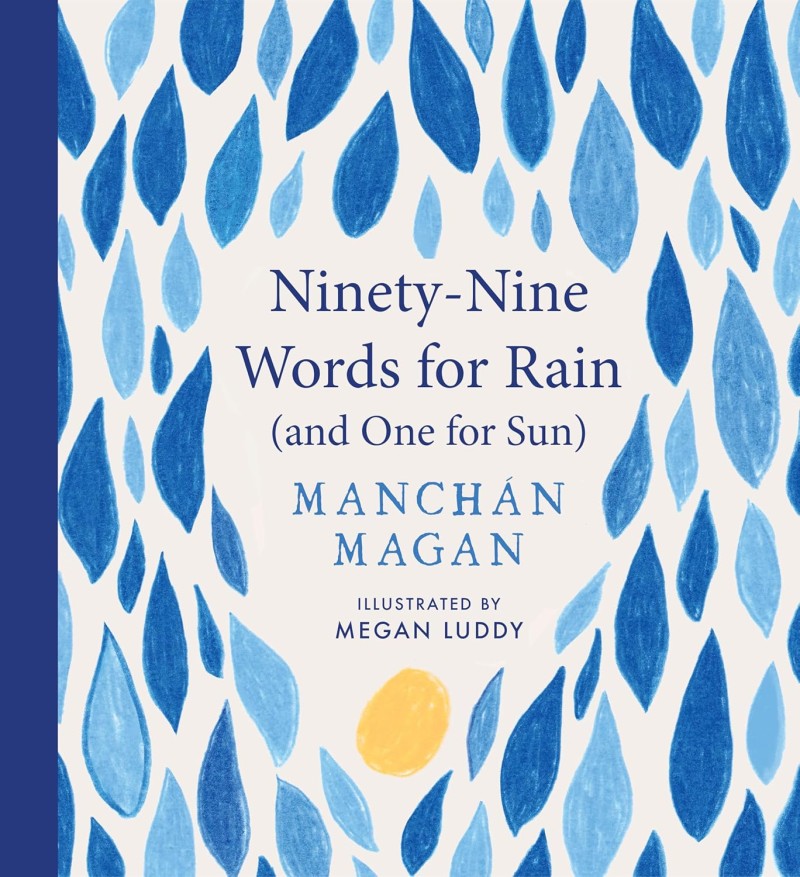
Ninety-Nine Words for Rain (and one for Sun) pops over the border to discover beautiful words in the Irish language. Meet the néaladóirí (cloud-watchers) and réadóirí (star-gazers) from our past who without the luxury of Met Éireann observed birds, trees and animals (plus markers on land and sea) for signs of changing weather.
The heron’s behaviour offered hints: Aimsir chrua thirim nuair a bhíonn an corr éisc suas in aghaidh srutha chun na sléibhte (when the heron flies upstream to the mountains, the weather will be dry). Fearthainn nuair a thagann sí an abhainn anuas (when she goes downstream, it will rain!)
Evoking countless shivery experiences on this Atlantic-swept Emerald Isle, this beautifully illustrated gift book uses Irish words to grasp an almost-lost world through the wisdom stored in the Irish language.
About the Author
Manchán Magan is a writer and documentary-maker, who writes for the Irish Times and reports on radio. He lives in County Westmeath.
365 Ways to Speak the Irish Language!
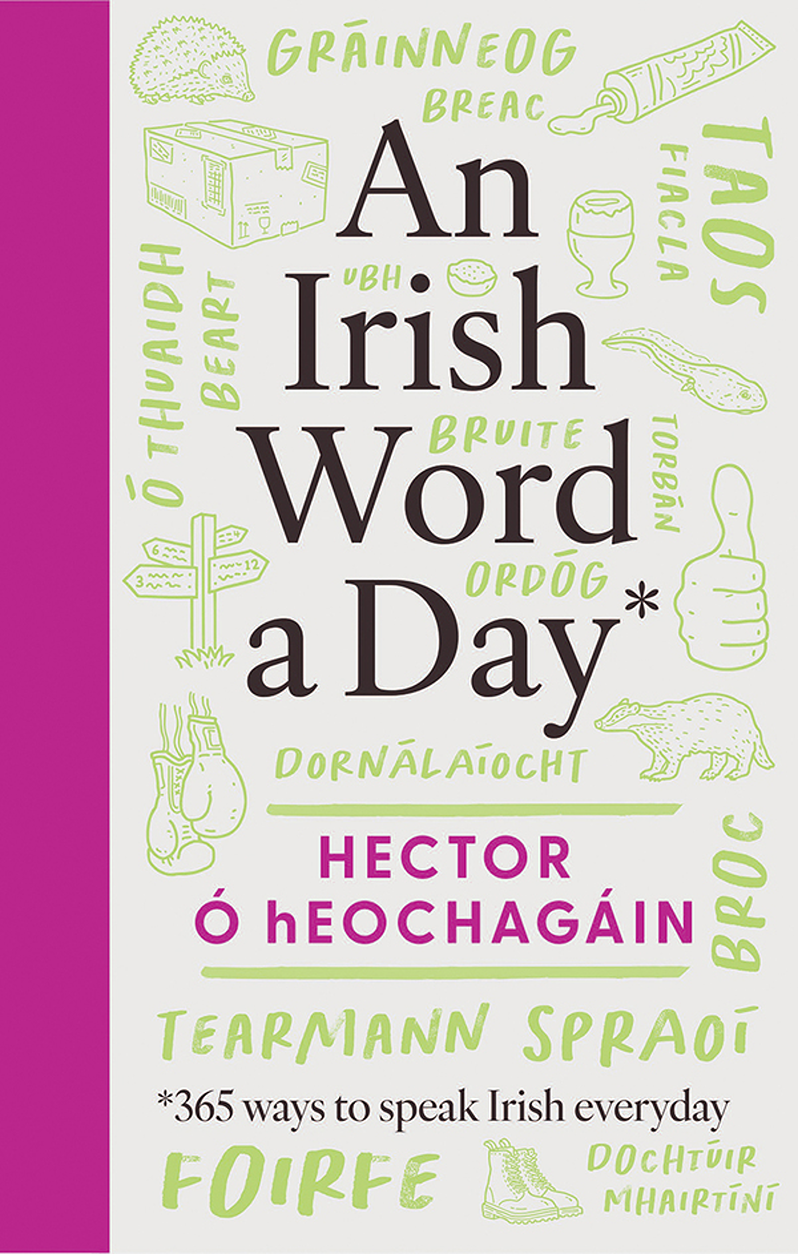
An Irish Word a Day is a unique book to teach us how to learn one word of this very difficult language each day. So in a year, you’ll have quite the vocabulary.
In England, many people have Irish heritage (especially in Liverpool), and considering our country is renowned for being complete rubbish at learning other languages, this is a book much-needed.
Wales and Scotland have their own languages (and so does Cornwall). So it’s about time we all learned a few words to get by in the Emerald Isle!
Around half the people in Ireland know how to speak Gaelic, as it’s taught in schools. But only around 72,000 people use it on a daily basis, usually in the far west and on remote islands.
In this fun book, the author offers tips for interested newbies, and Irish speakers who wished they had paid more attention in class. By the end of this book, you’ll be able to start your day and greet others, including the spiteog (robin), building his spring nest.
The Irish language breathes through the leaves on trees, it’s in the wind and the rain, in the water and the waves. Irish was part of this island before English,
Aon scéal agat? (any stories?)
Diabhal scéal muna bhfuil scéal ‘ad fhéin.
I’ve no story, unless you’ve a story for me yourself.
About the Author
Hector Ó hEochagáin is a TV and radio presenter. He lives in Ireland (obviously!) .
The Wild Atlantic Way

Ireland’s west coast is a playground of bays, cliffs and beaches, running for over 2,500 kilometres from Cork to Donegal. The Wild Atlantic Way links it all together—passing rocky points, dramatic seascapes, tiny villages, and big stretches where land and sea wrestle for control.
Wild Atlantic Women is the story of a second-generation London Irishman who walks the Wild Atlantic way, in the footsteps of 11 pioneering women.
The journey begins with the author’s own great-grandmother (a lacemaker on Cape Clear Island (just off Cork, the southern most inhabited place on the Emerald Isle).
At a crossroads in her life, Gráinne sets out to travel Ireland’s west coast on foot. Walking through history, her journey reveals unexpected insight into travelling alone as a woman, the trappings of an ‘ideal life’ and emigrant identity. All against the backdrop and power of this great ocean.
Gráinne Lyons is a writer and documentary maker from London, whose Irish parents still live on the Emerald Isle. She holds an MA in Creative and Life Writing and a BA in English Literature.
Wildlife on the Emerald Isle

With a beak as bright as a circus clown’s nose, puffins bring a splash of colour to Ireland’s cliffs. These seabirds are famous for their unique nesting habits, making burrows in the soft soil high above the waves.
Puffins are true ocean wanderers, only spending a few months on land each year to breed. Their affectionate nature, dubbed “sea parrots,” earns them admirers from far and wide.
In England, there has been a recent ban on sandeel fishing to protect dwindling numbers of both puffins and kittiwakes. This is being fought by the EU (so presumably Ireland has not had a ban, as it is still a member of the European Union).
Red squirrels here are still endangered, but this country has got things right by rewilding pine martens (natural predators of greys) to keep nature in balance, without culls or laws banning wildlife rescues to help grey squirrels, as happens in England.
Badgers are the quiet introverts of the nocturnal world that live in clans, and emerge under cover of darkness to forage, play and dig elaborate underground setts.
Ireland has the same controversy as England, with badgers having been culled, despite solutions already known like stopping cattle-to-cattle transmission). In Northern Ireland, a Bill for badger culls got thrown out.
The Haunting Calls of Corncrakes
In the heart of the Irish night, listen closely, and you might hear the corncrake’s unmistakable call. Rarely seen, corncrakes are masters of hide and seek, skulking through dense grasses. This bird’s raspy voice once echoed across the land, but nowadays, it’s a rare treat.
Efforts to protect its habitat are crucial to ensuring we don’t lose its haunting song altogether. Related to coots and moorhens, corncrakes are almost extinct in England, with most numbers only found in Scotland.
The Role of National Parks
Ireland’s national parks are the unsung guardians of biodiversity. They offer a refuge for species to flourish away from human encroachment.
By managing habitats and enforcing conservation laws, these parks are vital strongholds in the fight to protect Ireland’s wildlife legacy. Ireland has six national parks, far more by ratio than England (which has 10 including the Lake District, Peak District and South Downs).
Ireland’s wildlife is as rich and varied as its history. By taking the time to explore these hidden wonders, we not only discover creatures full of character but also gain a deeper appreciation for the delicate ecosystems they inhabit.
With careful conservation and the support of dedicated individuals, we can ensure these animals thrive for generations to come. So, head out into the wilds of Ireland, and you might just uncover nature’s best-kept secrets.
One resident who adores the natural world is Paul Kingsnorth (who Aris Roussinos called ‘England’s greatest living writer’). His book Real England looks at how capitalism has eroded what we hold dear. He has since moved to Ireland, where he writes about wild saints!
Beautiful Books on Irish Nature

Step Into Nature is a beautifully illustrated weekly Irish nature diary, showcasing intricate ecosystems of old stone walls, to a rare pink grasshopper resting on the seed head of a bird’s foot trefoil on Finnamore Lake in Lough Boora.
Hand-drawn sketches accompany beautiful photographs. Meet colourful fungi nestled in decaying leaves, unusual finds (candlesnuff, glistening inkcap, scarlet caterpillarclub). There’s a fungus called ‘yellow brain’ that feeds off fungi grown on fallen brunches plus orchids, robins and beautiful birdsong.
The author writes how worldwide we are witnessing catastrophic biodiversity losses, so it is all the more vital for each individual and community to help in a small but meaningful way, to slow down these losses.
Simple examples are included in the book: leaving patches of nettles where four spring butterflies lay their eggs between March and May.
On a balmy late-summer evening, a dancing pair of Comma butterflies were seen in the garden, gracing the sky with with an elegant, twirling display overhead.
Sweeping together from one end of the meadow to the other, yellow-buttered by the evening sun, one broke away to scan the spectator. I was standing still, soaking up the beauty of the moment.
Rachel McKenna is a naturalist and architect who has spent the last five years observing, recording, photographing and drawing a diverse range of Irish wildflowers, insects and mammals.
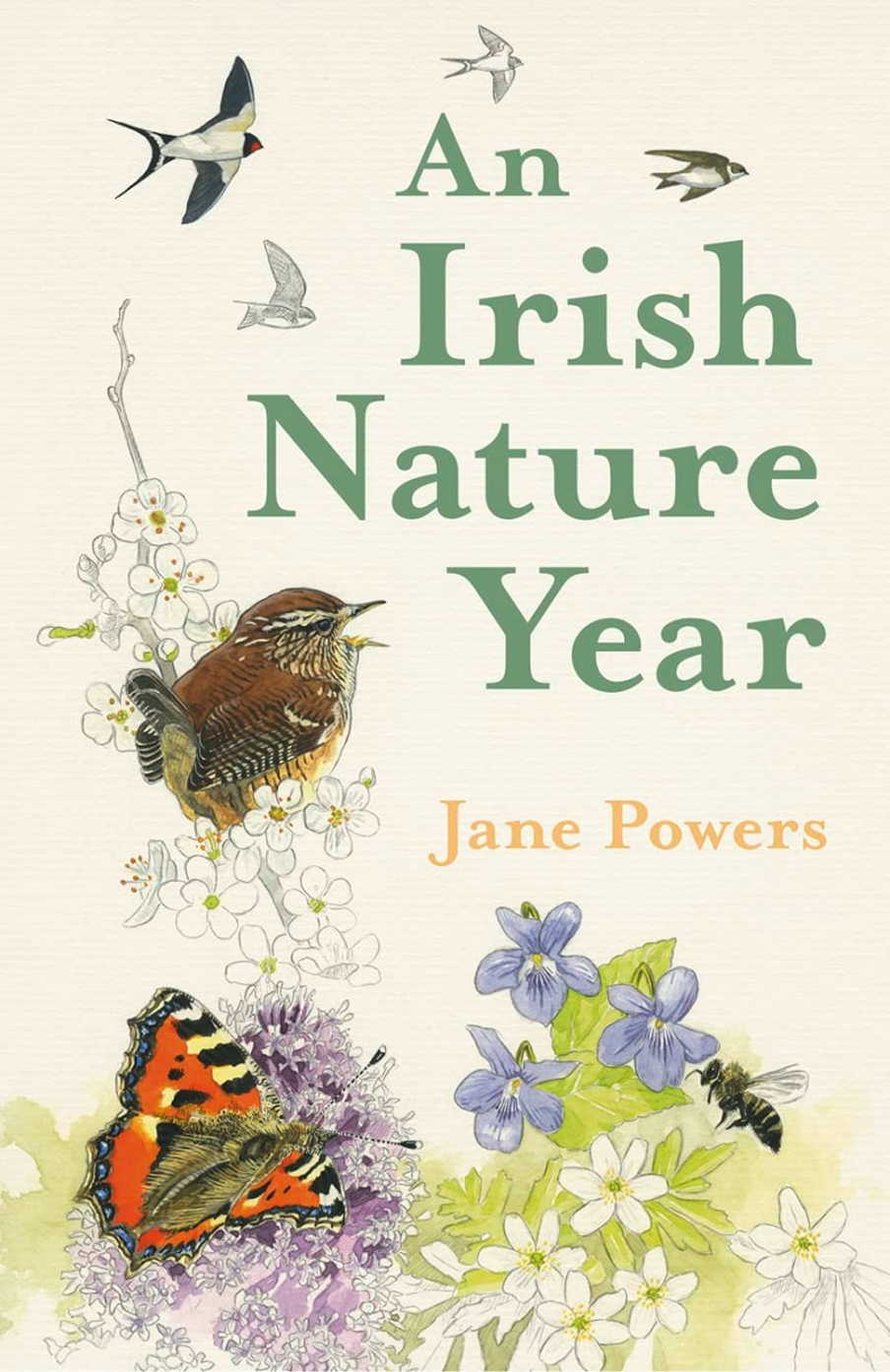
An Irish Nature Year offers a daily meditation, in this illustrated yearbook, for you to enjoy 5 minutes each day exploring the mysteries of the seasons.
From ‘weeds’ in the pavement cracks to surprising inhabitants of vacant lots to unusual finds alongside our shoreline and hedgerows, you’ll find Ireland’s natural world makes for great bedtime reading!
- Who’s cutting perfect circles in your roses?
- Which birds wear feathery trousers?
Nature is in the chatter of house sparrows, sheltering in a neglected hedge, in the clouds of ants mysterious appearing on a still summer afternoon. Nature is a constant friend, sometimes we forget to thank it for its existence.
Abundant moisture and lack of extreme temperatures favours plant growth in every month of the year. Migrant birds from colder regions visit in winter.
Whales can be seen from the headlands, as can basking sharks, the gentle giants of the fish world. Some of our plants and animals are bafflingly absent from Britain. Among these are the Kerry slug and Saint Patrick’s Cabbage.
Jane Powers is a nature writer and newspaper columnist who was gardening correspondent for many years for both the Irish Times and Sunday Irish Times.
A Book on the Treasures of Irish Nature
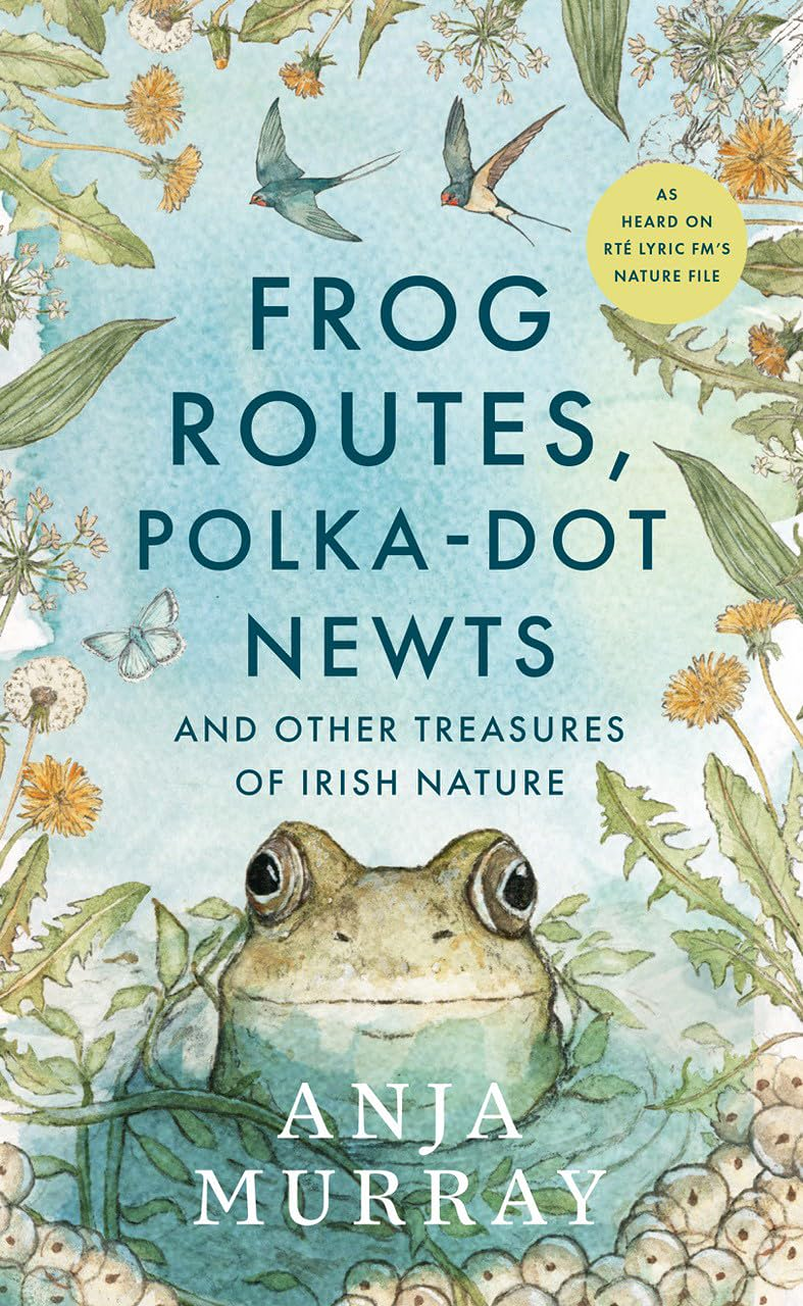
Frog Routes, Polka-Dot Newts and Other Treasures of Other Nature takes us over the border of a riotous journey of treasured wildlife on the Emerald Isle (similar but not always – there are no snakes, for a start!)
Just like in England, there are hedgerows, trees and seas that host a complex community of beings, that often go unseen and unheard by humans. Soil is bustling with microbes, fungi, beetles and earthworms. They help to soften the seeds and nurture saplings, providing the potential for spring’s bounty.
Ferns, primroses, wild violets and canopy leaves of overhead trees, are the framework for the hidden power, behind a butterfly wing or the singing of a wren.
Whether you live in England, Ireland or anywhere else, this wonderful book will instil a love and appreciation for the natural world. You’ll learn about the origins of feral pigeons and primroses to endangered sea turtles. Witness the extraordinary mating rituals of frogs and hares. And discover the secret language of wild mice, in their epic daily battle to survive.
The antics that go on, honestly! Caterpillars that sing, squeezing body parts together to make a squeaky chirping noise, calling in ants for assistance and protection. Wood mice using sticks, stones and shells to make signposts for themselves, to a grove for a fresh spring feast. Life is unfathomably elaborate.
About the Author
Anja Murray is an ecologist, environmental broadcaster and writer, who has devoted her career to the protection and restoration of nature. Her first book Wild Embrace was a bestseller in Ireland.

